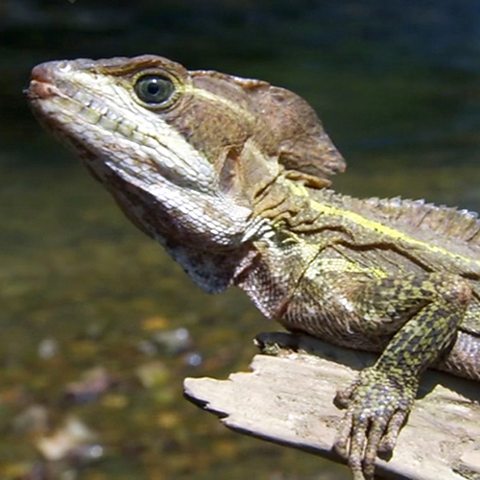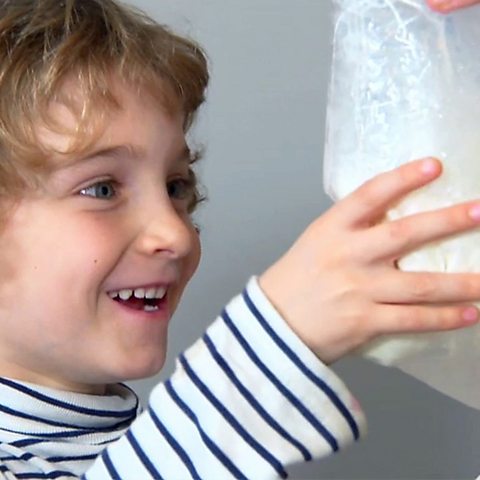
Brought to you by the Terrific Scientific team
Why can't I grip with my toes?
Isnβt it strange how we can't use our toes to grip things, even though other apes can? And why do we have eyebrows?! Evolution has the answer to these and other questions you may have about the human body!
Click on the images to find out more.
How did we come to wear these shoes?
We wear shoes to protect our feet, keep them dry and, often, for fashion. Scientists think weβve been wearing them regularly for at least 40,000 years, but no other animal wears anything on their feet!
Letβs have a look at some common styles.
Five things our bodies may no longer need
The human body is the result of millions of years of evolution. However, it isn't perfect - there are some parts that we've been left with but may not actually need any more.
Click the labels below to find out more about some of these.
How did camels evolve to survive in the desert?
In the 50 million years since its earliest ancestor appeared, camels have evolved to cope with harsh desert conditions that would kill most other animals. Find out about a camel's many extraordinary adaptations by clicking the picture below.

Amazing dancing animals
Animals use their feet and limbs in all sorts of unusual and astonishing ways.
Whether it is to attract a mate, find food or just move around their habitats, the movements of animals have a natural rhythm, timing and grace.
The short films below show a selection of amazing animal 'dances' - we've added some catchy music in case you fancy grooving along!
The pulsating lemur pogo
Sifakas are a type of lemur. They have highly flexible feet and a separate big toe, which they use to hold on to trees. Sifakas move by leaping from tree to tree and by hopping on the ground.
From the ΒιΆΉΤΌΕΔ series Madagascar - 3/3 Land of Heat and Dust
The freezing polar bear fandango
Polar bears have large paws, which distribute their weight across the ice to stop it from breaking. The soles of their feet are covered in bumps to help them grip. Polar bearsβ feet have webbed toes so that they can swim in the water.
From the ΒιΆΉΤΌΕΔ series Nature's Great Events - 1/6 The Great Melt
The maritime lizard merengue
Basilisks are able to run on the surface of water. They travel upright across the water using their two hind legs. Their large feet have fringes around the toes and help spread the lizard's weight across the water and support it when it runs.
From the ΒιΆΉΤΌΕΔ series Life - 2/10 Reptiles and Amphibian
The coruscating shrew conga
Common shrews use their strong feet to dig burrows. They must eat constantly and hunt insects and many other invertebrates, and baby shrews even accompany their mother on hunting expeditions to catch their food.
From the ΒιΆΉΤΌΕΔ series The Life of Mammals - 2/10 Insect Hunters
Where can you track down extinct animals?
Many weird and wonderful animals lived in the UK before becoming extinct. Despite their apparent disappearance, you can still track them down today if you know how.
Click on the picture below to find out!


